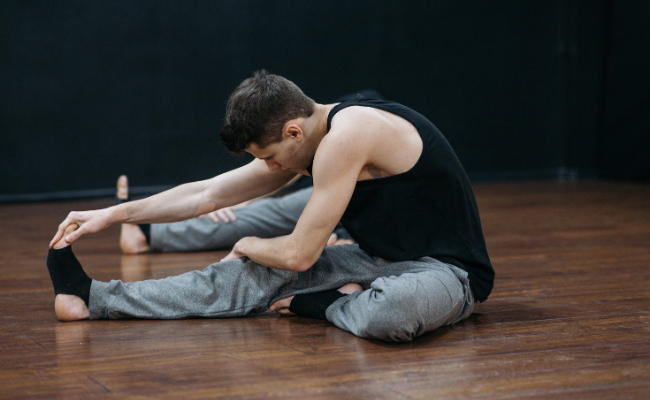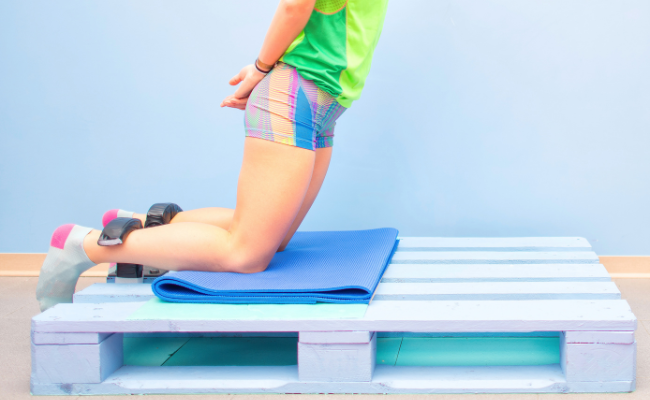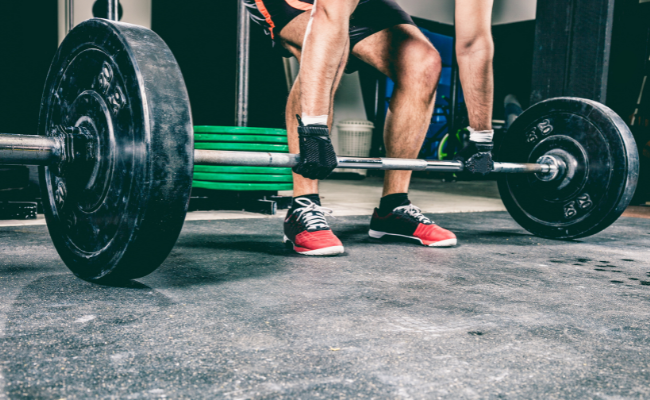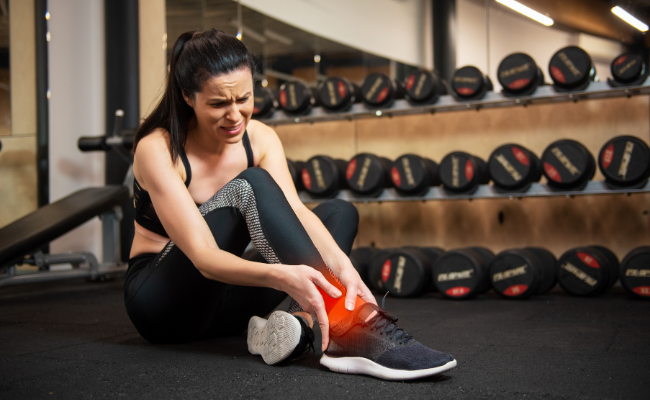Hamstring Workouts to Improve Athletic Performance
The goal of athletes is to reach the peak of their performance, and the best way to go about this is to strengthen and condition your body. One area only a few talk about is hamstrings. These powerhouse muscles are crucial in enhancing your athletic abilities and minimizing the risk of injuries.
Regardless of the type of sport you participate in—football, basketball, sprinting, or weightlifting—as an athlete, working your hamstrings is critical to explosive athletic performance and strength.
In this article, let’s take a look at some of the most effective hamstring exercises to help you become a better athlete.
Why Are Hamstrings Important?
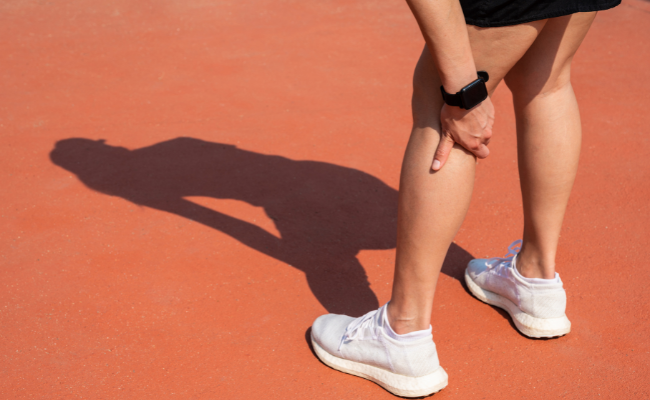
The hamstrings are a critical muscle group significantly affecting lower body movement and athletic performance. These muscles are responsible for bending your knee and extending your hip.
Weak hamstrings can increase the risk of hamstring strains and other lower-body injuries. Strengthening these muscles can improve performance and reduce the risk of injury.
The Importance of Flexibility and Mobility
Flexibility and mobility are essential components of overall physical health and fitness. They refer to the ability of the muscles and joints to move through their full range of motion without pain or discomfort.
You may also like: Romanian Deadlift: A Beginner’s Guide
How Do Hamstring Flexibility and Mobility Contribute to Athletic Performance?
Flexibility means lengthening and stretching muscles, tendons, and ligaments without feeling pain. Regular stretching exercises increase the range of motion and improve posture.
On the other hand, mobility is the ability of our joints to move through their full range of motion. Improving mobility can help reduce joint pain and stiffness, improve balance and coordination, and enhance athletic performance.
Both flexibility and mobility are essential for maintaining good posture and preventing injuries, especially as you age.
Tips for Improving Hamstring Flexibility and Mobility
There are several effective ways to improve hamstring flexibility and mobility. Here are some of them:
Stretching exercises: Regular stretching exercises can help improve hamstring flexibility. Some exercises for training your hamstrings include forward bends, standing hamstring stretches, and lying hamstring stretches.
Yoga: Practicing yoga poses such as Downward-Facing Dog, Pyramid Pose, and Warrior 1 can help stretch and strengthen the hamstrings.
Strengthening exercises: Strengthening the muscles around the hamstrings can help support the joints and improve flexibility—some exercises include squats, lunges, and deadlifts.
Heat Therapy: Applying heat to the hamstrings, such as using a heating pad or warm bath, can help loosen the muscles and improve flexibility.
Benefits of Strengthening Hamstring Muscles
The hamstring muscles are located at the back of the thigh and are responsible for flexing the knee and extending the hip. Strengthening these muscles can provide a range of benefits, including:
- Injury prevention
- Improved posture
- Enhanced athletic performance
- Increased flexibility
- Reduced back pain
- Improved balance
- Better overall fitness
In sports that involve jumping, such as basketball and volleyball, strong hamstrings can help athletes to jump higher and land more safely.
The hamstrings work with other muscles to control the landing and absorb the impact of the landing, reducing the risk of injury.
You may also like: Best flexibility exercises to try
For runners, strong hamstrings can improve speed and endurance. During running, the hamstrings act as decelerators, slowing down the leg as it swings forward and preventing excessive strain on the knee joint.
In sports that involve kicking, such as soccer and football, strong hamstrings can improve the power and accuracy of kicks. The hamstrings work with the glutes to generate power in the hip and transfer it to the leg, allowing for a stronger and more controlled kick.
Top Hamstring Exercises for Sports Performance
To improve your hamstring strength and athletic performance, incorporate the following exercises into your workout routine:
Romanian Deadlifts
The Romanian deadlift effectively targets the glutes, hamstrings, and lower back muscles. To perform this exercise, follow these steps:
- Stand with your feet shoulder-width apart.
- Hold a barbell in front of your legs and arms extended downward.
- Lower the barbell as far as possible while keeping your back straight and your core tight.
- Pause for a moment, then slowly raise the barbell to the starting position, standing tall.
Glute-Ham Raises
Glute-ham raises are highly effective for targeting the hamstrings and developing overall strength in your posterior chain. This compound movement engages your hamstrings and works the glutes, lower back, and calves, making it an excellent alternative to the traditional leg curl machine.
- Kneel on a glute-ham raise machine with your knees on the padded surface.
- Keeping your core tight, lower your upper body toward the ground by bending at the hips.
- Raise your upper body back up and return to the starting position.
Single-Leg Deadlifts
Single-leg deadlifts provide effective hamstring isolation while enhancing balance and stability. This unilateral exercise helps correct muscle imbalances and promotes functional strength, making it an essential addition to any workout routine.
- Stand on one foot with a dumbbell in the opposite hand.
- While maintaining a straight back, hinge at the hips and bring the dumbbell toward the ground.
- Lower the dumbbell as far as possible while maintaining a straight back and tight core.
- Pause for a moment, then slowly raise the dumbbell back up to the starting position.
- Perform the same steps with your other leg.
Kettlebell Swing
The kettlebell swing is a popular exercise that offers a full-body workout. It targets multiple muscles, improves cardiovascular fitness, and enhances strength and endurance. Perform kettlebell swings with proper form:
- Stand with your feet shoulder-width apart and place the kettlebell on the ground before you.
- Squat down and grasp the kettlebell with both hands, keeping your back straight and your core tight.
- Swing the kettlebell back between your legs, keeping your arms straight and your hips hinged back.
- Stand up quickly, using the power from your hips and glutes to swing the kettlebell forward and up to shoulder height.
- Allow the kettlebell to swing back between your legs, and repeat the movement for the desired reps.
Glute Bridges
Glute bridges effectively target the glutes and hamstrings, strengthening these essential muscles for improved lower body performance. This simple yet powerful exercise can enhance stability and improve overall fitness. Follow these steps to perform glute bridges properly:
- Lie on your back with your knees bent and feet flat on the ground.
- Lift your hips off the ground until your body forms a straight line from your shoulders to your knees.
- Squeeze your glutes and hamstrings at the top of the movement, then slowly lower your hips to the ground.
Common Mistakes During Hamstring Exercises
These are some common mistakes people make when performing hamstring exercises:
- Relying too much on momentum
- Not using the proper form
- Not using enough weight
- Overstretching
- Focusing too much on one exercise
- Ignoring other muscles
- Not warming up properly
How to Incorporate Hamstring Exercises into Your Training
Working your hamstrings might seem like a lot of work. These tips will help you incorporate hamstring exercises into your workout routine:
- Start with a dynamic warm-up to prepare your body and prevent injury
- Include compound exercises like squats and lunges
- Perform isolation exercises like hamstring curls
- Mix up your exercises
- Progress slowly. Start with lighter weights and easier exercises.
- Give your body and muscles time to rest and recover.
Conclusion
Incorporating these hamstring exercises into your workout routine can help improve your athletic performance and reduce the risk of injury. Performing these exercises properly is critical as you gradually increase weight and intensity over time.
Remember to include adequate rest and recovery time in your training plan to allow your muscles to repair and grow. You can improve your hamstring strength and overall athletic performance with consistency and dedication!

